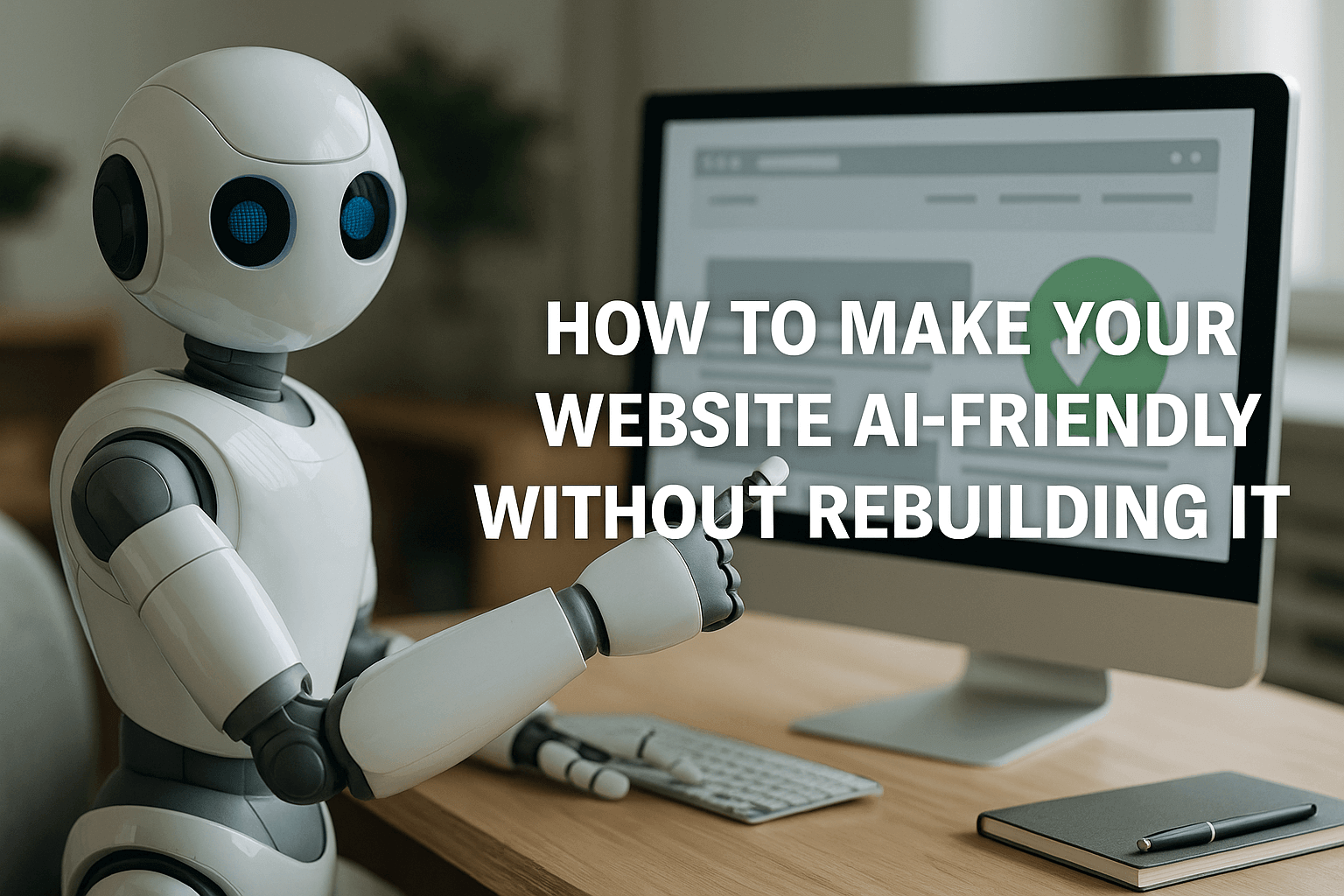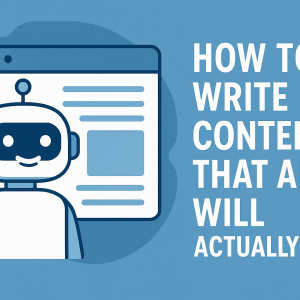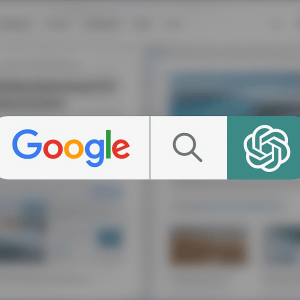How To Make Your Website AI-Friendly Without Rebuild It
Can you make your website AI-friendly? If you’re hearing more about AI than SEO lately, you’re not alone. Tools like ChatGPT, Perplexity, and Google’s AI Overviews are changing how people find and interact with your website—and some businesses are wondering if they need to scrap everything and start again.
The good news? You don’t.
There are plenty of simple, smart changes you can make that help AI understand your content better—without touching your theme, plugins, or layout.
First: What Does “AI-Friendly” Even Mean?
When we say make AI-friendly, we mean content and structure that’s easy for large language models (like ChatGPT) or AI-enhanced search engines to read, summarise, and include in their results.
It’s not just about SEO anymore. It’s about being seen—by bots and humans.
Here’s How to Do It Without a Rebuild
1. Use Clear, Structured Headings
Headings aren’t just for readers—they help machines understand what each section is about. Use <h2>, <h3>, etc. in a logical order. Don’t just bold text for emphasis.
✅ Example:
<h2>Our Services</h2>
<h3>Web Design</h3>
<h3>SEO Optimisation</h3>
2. Answer Specific Questions in Plain English
Anyone can follow these rules to make website AI-friendly. AI loves a direct answer. Structure posts like FAQ entries. Write as if someone typed the question into ChatGPT.
✅ Instead of:
“Our services are tailored to your needs…”
❌ Try:
“What services do you offer?”
“We offer web design, SEO, and content support for small businesses in the UK.”
3. Include Facts, Dates, and Names
AI prefers specifics over fluff. If you’re referencing a tool, date, or stat—name it. “A few years ago” doesn’t cut it.
✅ Use:
“Since 2023, over 25 million daily prompts are processed by ChatGPT.”
4. Add Internal Links (The Right Way)
AI uses these to understand how your content connects. Link related blog posts, service pages, or even glossaries.
✅ Example:
“See our post on writing AI-friendly content for step-by-step tips.”
5. Keep Paragraphs Short and Scannable
When you want to make your website AI-friendly, Avoid walls of text. AI summarises better when content is clear and broken up.
✅ Rule of thumb: No more than 3 lines per paragraph.
Bonus Tweaks Worth Doing
- Add alt text to all images
Descriptive, relevant alt text helps AI understand visuals—plus, it’s good accessibility practice. - Check your robots.txt and sitemap
Make sure your pages aren’t being blocked from indexing. - Use plugins like Yoast or Rank Math
These help generate structured metadata and schema that AI tools love.
You Don’t Need to Reinvent Your Site
You just need to tweak what’s already there.
Think of it like spring-cleaning your content. A few smart changes can make your site 10x easier for AI to read, rank, and summarise—without ever touching your design or codebase.
Next Time…
We’ll look at What AI Search Tools Are Worth Using—and Which Are Just Hype.
It’s easy to get distracted by every new “GPT-powered” thing, but we’ll break down what actually helps your business and what’s just noise.
Want to be notified when it’s out? Just shout.



